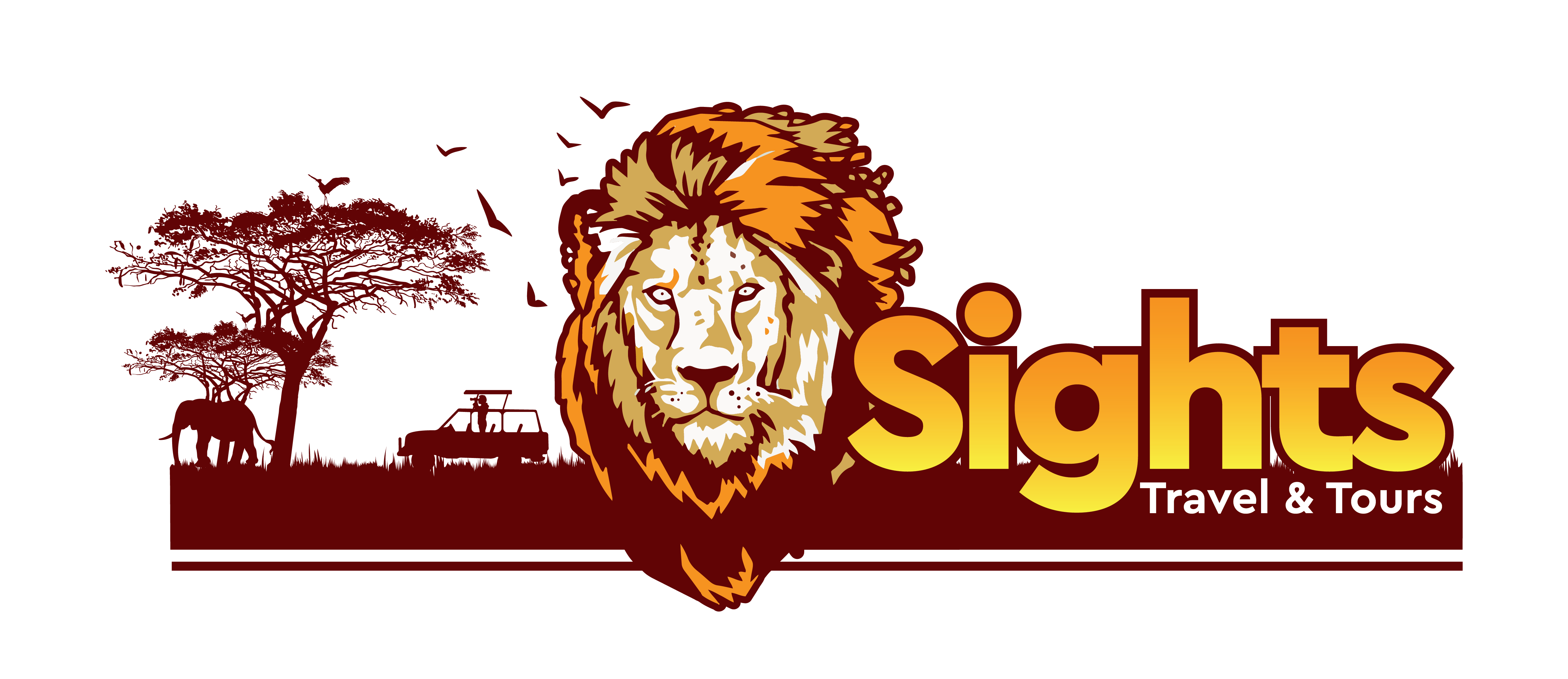Visiting Masai Mara National Reserve and specifically witnessing the great wildebeest migration has always been on my bucket list.
To have only heard about the spectacular move of wild animals from the Serengeti National Park in Tanzania to the Mara in Kenya only raised my urge to witness what is documented as one of the Wonders of the World.
So when Kenya Tourism Board offered to take journalists to the reserve, I grabbed the opportunity to visit one of Kenya’s leading holiday destinations.
We left Nairobi from Wilson Airport at around 10.30 am and landed at Mara-Ngerende Airstrip at around midday to cool refreshments and a Maasai dance before our short drive to the Fairmont Mara Safari Club.
In the fifteen minutes’ drive to the hotel, we saw several hippos cooling themselves in the nearby Mara River river.At the hotel, we checked into tents made of hard canvas. The tents are shaped like modern houses, complete with a four-poster bed and a modern, if not luxurious bathroom ensuite.
The view of the trees while from the patio was just beautiful, a panoramic view of hippos in the Mara River which runs below the hotel, was even better. The hotel is set on a raised part of the Mara.After a late lunch, we split into groups of six for a game drive. My colleagues were equally excited, and our tour guide Mugo explained everything.
He knows every animal and its characteristics. He showed us a harem of impalas protected by one ram, and we saw lone rams waiting for an opportunity to lead a harem.
We drove through the reserve to Kichwa Tembo Camp where we reached just before before sunset. Near the swimming pool were the African Warthogs which are tough and sturdy animals that graze while on their knees.We aptly had a sun downer while watching the round sun setting and sending its yellow then golden orange rays into the horizon as it dipped.The following day started with a lot of promise and the guarantee of seeing some, if not all, the Big Five and in the process, witness the wildebeest migration.A few minutes into our morning game drive, we got a glimpse of a lone lioness. Thanks to our capable tour guide and driver we managed to move closer as it looked for a resting spot, clearly tired and well fed from a successful morning hunt.
Not far away was a cackle of hyenas and of a cast of vultures sharing the remains of an unlucky zebra, without any remorse. But that is nature works. One of the hyenas made good of the theatre by giving a hearty laugh after biting off a piece of the zebra’s leg. He ran off with it.At the Mara Conservation we saw a herd of elephants. One of the elephants was with her calf. The tow stirred our interest and we started to follow them. But when the protective mother saw our advancing vehicle, her motherly instincts kicked in and she stood between the vehicle and her calf.A few minutes later, our driver got a radio call from a colleague who had espied three lions resting under a tree. The sound of our approaching tour van did not stir them at all and we figured they were obviously catching up on their “recommended” 20 hours of sleep after a good meal.A few of metres away were a lion and a lioness which we were told had separated themselves from the pride because they were on a honeymoon.We were all anxious to witness the migration, so we proceeded to the Mara River. Unfortunately, the animals had not yet started crossing because of the shifting climatic conditions being experienced in Tanzania. But we were lucky to spot a lone buffalo going for a drink in the river.Lunch was served out in the wild.
We then left to go and visit the only two white rhinos in Masai Mara. They are endangered, and are thus taken care of round the clock.We saw the 17-year old female who weighs three tonnes and her son, who was born in 2008 at the Ol Choro Oirogua Conservancy.Mother and son were grazing peacefully and we are told that the son is called Kofi Annan.One of the rangers who take care of the rhinos approached them and caressed them to show us that they are not dangerous. We pluck some courage and take photos with the rhinos, but the fear never really disappears.
There are 19 black rhinos in the park, but unfortunately we did not get a chance to see one.One of the interesting animals we encountered in the reserve and conservancy was the topi, which looks as if it has blue jeans and yellow socks. Topis take turns in watching out for predators by standing on higher ground such as an ant hill.We also caught a glimpse of the hammerkop which builds the largest nest complete with several rooms such as a guest wing where it accommodates an owl to keep watch over the “palace” during the day.There was so much to see and little time. But even if there was enough time, one can never have enough of the Mara, I told myself, as we prepared to make our way back to Nairobi after having a champagne breakfast.

